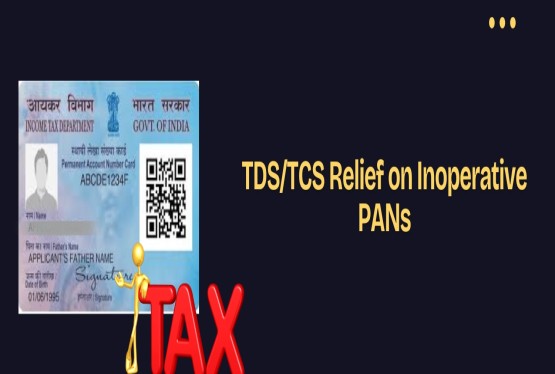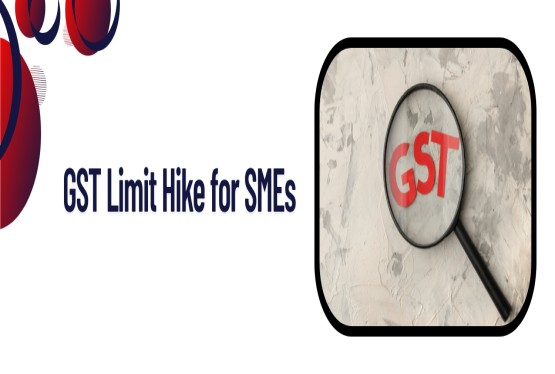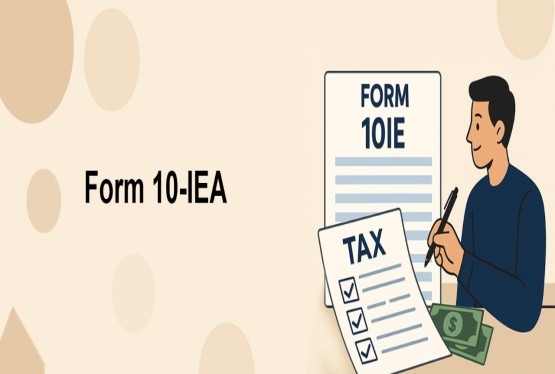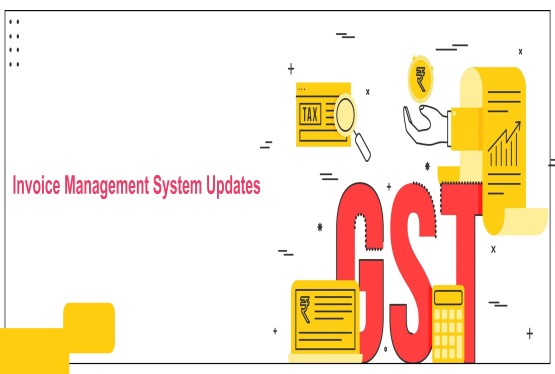What is GSTR-9?
GSTR-9 is an annual return required for taxpayers registered under the Goods and Services Tax (GST) framework. It consolidates data on outward and inward supplies, tax liabilities, and other GST-related transactions for a financial year. This includes details of transactions under Central GST (CGST), State GST (SGST), and Integrated GST (IGST). It serves as a summary of monthly or quarterly returns filed throughout the year. Filing GSTR-9 is mandatory for businesses with an annual turnover exceeding Rs. 2 crore, while it remains optional for those below this threshold.
Recent Changes and Updates in GSTR-9 & GSTR-9C
Key Updates in GSTR-9
1. Source of ITC Data:
The most significant change pertains to Input Tax Credit (ITC) data sourcing in Table 8A. Starting from FY 2023-24, data will be auto-populated from GSTR-2B instead of GSTR-2A. This auto-generated statement provides invoice details uploaded by suppliers, streamlining ITC reconciliation and minimizing manual efforts for taxpayers.
2. New Reporting Requirements:
-Table 4G1: E-commerce operators must report supplies taxed under Section 9(5)
-Table 5C1: Suppliers using e-commerce platforms must disclose their tax liabilities under Section 9(5).
3. Updates in Reporting:
-Tables 5D, 5E, and 5F: Businesses must separately disclose exempted, nil-rated, and non-GST supplies, with an option to combine exempted and nil-rated supplies.
-Tables 5H, 5I, 5J, and 5K: Adjustments for credit notes, debit notes, and supply modifications can now be reported in the same table.
-Tables 6B & 6C: Reporting of ITC has become more detailed, with capital goods being reported separately. ITC under the Reverse Charge Mechanism (RCM) can be consolidated in Table 6D.
4. Optional Reporting:
-Tables 12 & 13: Reporting ITC availed and reversed in the next financial year is optional.
-Table 15: Details regarding refunds and demands are no longer mandatory.
5. Mandatory Reporting:
-Tables 17 & 18: HSN code reporting is mandatory at six digits for taxpayers with an annual turnover above Rs. 5 crore. For all B2B supplies, four-digit HSN reporting applies if the annual turnover is up to Rs. 5 crore.
Updates in GSTR-9C
1. Simplified ITC Reporting:
-Table 14: Reporting ITC availed expense-wise as per books is now optional, reducing the compliance burden for businesses with limited ITC transactions.
GSTR-9 Applicability: Who Needs to File the GSTR-9 Annual Return?
All taxpayers registered under the Goods and Services Tax (GST) system are required to file Form GSTR-9 annually. However, specific categories of taxpayers are exempt from filing this return, including:
-Composition Scheme Taxpayers: These individuals or entities are required to file GSTR-9A instead.
-Casual Taxable Persons: Taxpayers conducting occasional business activities are excluded.
-Input Service Distributors (ISD): Entities distributing input tax credits to other branches are not required to file GSTR-9.
-Non-Resident Taxable Persons: Foreign entities conducting taxable transactions in India are exempt.
-TDS Deductors under Section 51: Individuals or entities deducting tax at source are not obligated to file GSTR-9.
-TCS Collectors under Section 52: E-commerce operators collecting tax at source are also excluded from filing GSTR-9.
Types of GSTR-9 Forms
The GST law under CGST Rule 80 specifies four types of annual returns based on the taxpayer category and activity:
1. GSTR-9: Applicable to regular taxpayers who file GSTR-1 and GSTR-3B. Businesses with an annual turnover exceeding Rs. 2 crores must submit this return.
2. GSTR-9A: Designed for taxpayers registered under the GST Composition Scheme. This form was mandatory until FY 2018-19 but has since been replaced by GSTR-4, which is due annually by April 30 of the following year.
3. GSTR-9B: Relevant for e-commerce operators who collect TCS (Tax Collected at Source) and file monthly GSTR-8. However, the filing requirement for GSTR-9B has been temporarily suspended.
4. GSTR-9C: This reconciliation statement is mandatory for taxpayers with an annual turnover exceeding Rs. 5 crores. It must be self-certified and reconcile the taxpayer’s financial records with their GST returns.
These variations ensure that taxpayers file returns appropriate to their business structure and turnover, adhering to GST compliance.
Exemptions from GSTR-9 Filing
1. Composition Taxpayers: They must file GSTR-9A instead.
2. Casual Taxpayers: Those with occasional business activities are exempt.
3. Non-Resident Taxpayers: Foreign entities conducting taxable transactions in India are not required to file.
4. Input Service Distributors and OIDAR Providers: Excluded due to their distinct reporting requirements.
Eligibility for GSTR-9C Filing
Taxpayers whose annual turnover exceeds Rs. 2 crore must file GSTR-9C, ensuring alignment between their annual returns and audited financial statements.
GSTR-9 Turnover Threshold
Filing GSTR-9 is mandatory for businesses with an annual turnover above Rs. 2 crore. The due date is December 31 of the subsequent financial year, subject to government extensions.
Structure of GSTR-9
1. Part 1: Basic registration details (auto-filled).
2. Part 2: Outward supplies – taxable, exempt, and non-GST supplies.
3. Part 3: Input Tax Credit (ITC) details, including availed, reversed, and reclaimed ITC.
4. Part 4: Taxes paid and adjustments.
5. Part 5: Transactions from the previous financial year declared in the current year.
6. Part 6: Miscellaneous information such as HSN summary, refunds, and demands.
Steps to File GSTR-9
1. Login: Access the GST portal and navigate to the annual return section.
2. Select Year: Choose the financial year and proceed.
3. Enter Details: Fill in the required sections with relevant data. Auto-filled details can be reviewed and edited if necessary.
4. Save and Preview: Save inputs and preview the return.
5. Submit: Compute liabilities, pay pending taxes, and file using DSC or EVC.
Documents Required
1. Monthly returns (GSTR-1, GSTR-2A, GSTR-3B).
2. Annual financial statements (profit and loss, balance sheet).
3. Reconciliation statement (GSTR-9C, if applicable).
Late Fee and Penalty for Non-Filing of GSTR-9
The GST authorities have categorized taxpayers based on their annual turnover to impose late fees for delayed filing of the GSTR-9 annual return. The following late fee structure is applicable starting from FY 2022-23:
|
S.No. |
Turnover Limit |
Late Fee Per Day |
Maximum Late Fee |
|
1 |
Up to Rs. 5 crore |
Rs. 50 (Rs. 25 each under CGST and SGST) |
0.04% of turnover in the state/UT (0.02% each under CGST/SGST) |
|
2 |
More than Rs. 5 crore but less than Rs. 20 crore |
Rs. 100 (Rs. 50 each under CGST and SGST) |
0.04% of turnover in the state/UT (0.02% each under CGST/SGST) |
|
3 |
More than Rs. 20 crore |
Rs. 200 (Rs. 100 each under CGST and SGST) |
0.50% of turnover in the state/UT (0.25% each under CGST/SGST) |
Late filing can lead to increased scrutiny and complications in audits.
CONCLUSION
GSTR-9 is an annual return that taxpayers registered under the Goods and Services Tax (GST) are required to file each year. This return provides a detailed summary of the financial year's transactions, including outward and inward supplies categorized under various tax components like CGST, SGST, IGST, cess, and HSN codes. It serves as a consolidation of all monthly or quarterly returns filed during the year, such as GSTR-1, GSTR-2A, GSTR-2B, and GSTR-3B. Although the process of preparing GSTR-9 can be complex, it plays a crucial role in ensuring accurate data reconciliation and transparent tax disclosures.
FREQUENTLY ASKED QUESTIONS(FAQs)
1. Is it mandatory to file a GST annual return?
Ans. Yes, filing the GST annual return is mandatory for all entities registered under GST, with a few exceptions. This requirement applies regardless of the business's activity, sales, or profitability during the reporting period.
2. Who needs to file GSTR-9 and GSTR-9C?
Ans. -GSTR-9: All GST-registered taxpayers must file GSTR-9 annually.
-GSTR-9C: Taxpayers with an aggregate turnover exceeding Rs. 5 crores in a financial year must file GSTR-9C, a self-certified reconciliation statement.
3. What is GSTR-9C?
Ans. GSTR-9C is an annual reconciliation statement that compares the figures reported in GSTR-9 with the taxpayer’s financial records. For example, the GSTR-9C for FY 2023-24 must be filed by 31st December 2024.
4. What are GSTR-2A and GSTR-2B?
Ans. -GSTR-2A: A dynamic, auto-drafted statement updated whenever suppliers file their GST returns, reflecting details of outward supplies.
-GSTR-2B: A static statement providing input tax credit (ITC) details for a specific return period, ensuring clarity for ITC claims.
5. Why is there a difference between GSTR-2A and GSTR-2B?
Ans. The difference arises because GSTR-2A is dynamic and continuously updates, while GSTR-2B is static and only reflects ITC for a particular period.
6. When should the GST annual return be filed?
Ans. The annual return for GST should be filed by 31st December following the end of the financial year.
7. Who is eligible to file the GST annual return?
Ans. All GST-registered taxpayers must file GSTR-9 annually. Businesses in the services sector with a turnover above Rs. 20 lakhs and goods suppliers with a turnover above Rs. 40 lakhs are required to file GST returns.
8. What is the turnover threshold for GST registration?
Ans. Businesses must register for GST if their annual turnover exceeds Rs. 40 lakhs for goods or Rs. 20 lakhs for services.








_crop10_thumb.jpg)

















































































_for_FY_2025-26_crop10_thumb.jpg)



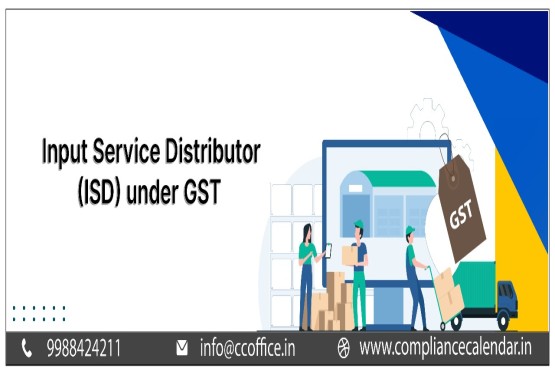








_learn_crop10_thumb.jpg)








_Filing_Due_Dates_for_FY_2024-25_learn_crop10_thumb.jpeg)


























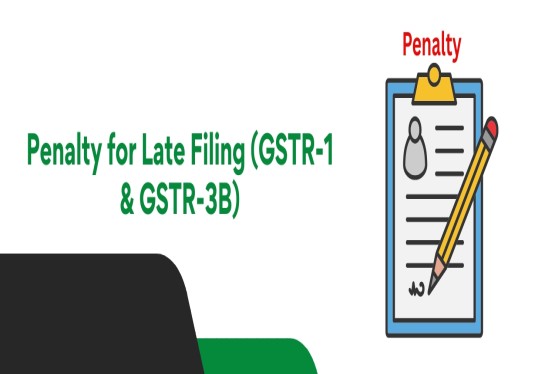












_of_GST_Act_learn_crop10_thumb.jpg)










_Under_GST_learn_crop10_thumb.jpg)









_crop10_thumb.jpg)


_crop10_thumb.jpg)






_learn_crop10_thumb.jpg)






















_of_the_Income_Tax_Act_learn_crop10_thumb.jpg)



_learn_crop10_thumb.jpg)






_learn_crop10_thumb.jpg)






_crop10_thumb.jpg)




















_in_The_Income_Tax_Act,_1961_learn_crop10_thumb.jpg)



_learn_crop10_thumb.jpg)



_of_the_Income_Tax_Act_learn_crop10_thumb.jpg)


_Of_Income_Tax_Act_learn_crop10_thumb.jpg)








_learn_crop10_thumb.jpg)








_learn_crop10_thumb.jpg)
_crop10_thumb.jpg)






















_learn_crop10_thumb.jpg)
_for_Import_and_Export_learn_crop10_thumb.jpg)











